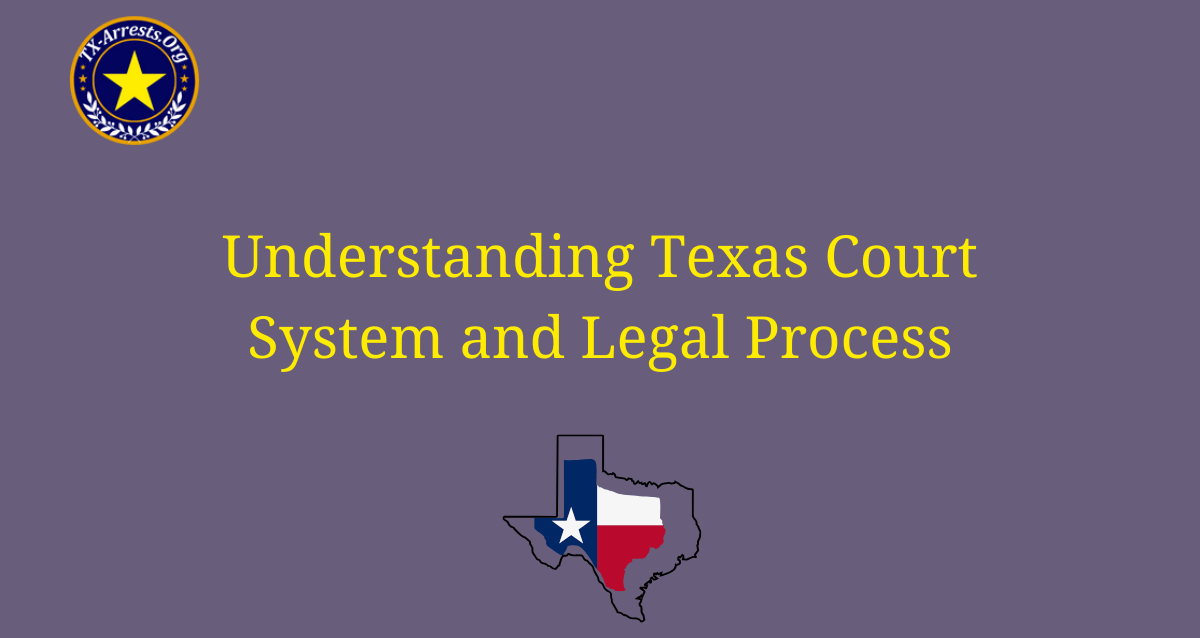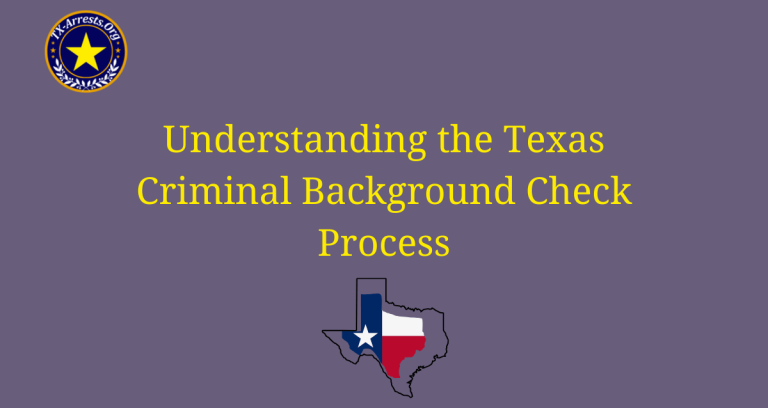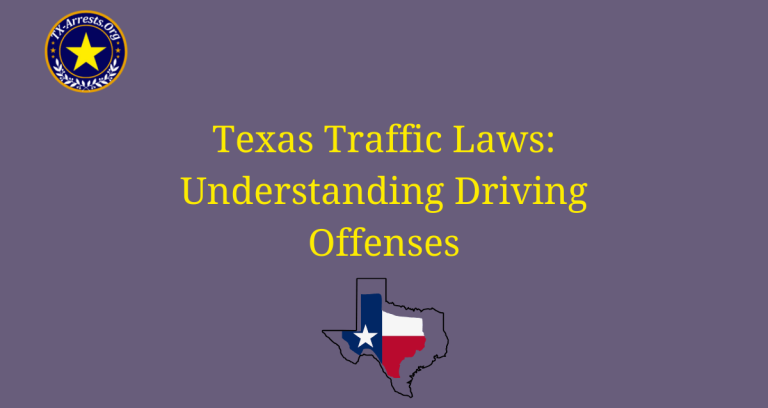Understanding Texas Court System and Legal Process

Understanding the Texas court system and legal process is essential for anyone involved in a legal matter in the state. Whether you are a plaintiff, defendant, or simply an interested party, having a grasp of how the courts operate can greatly impact your case. Texas has a complex court system that consists of multiple levels and jurisdictions, each with its own specific rules and procedures.
The Texas court system is structured in a hierarchical manner, with the Supreme Court at the top, followed by the Court of Criminal Appeals and the Court of Appeals. Beneath these appellate courts are the trial courts, which handle a wide range of civil and criminal cases. Understanding the different levels of courts and their respective jurisdictions is crucial in navigating the legal process effectively.
Overview of the Texas Court System
The Texas court system is composed of multiple levels and jurisdictions, each with its own set of rules and procedures. Understanding how these courts operate is crucial for anyone involved in a legal matter in the state, as it can greatly impact the outcome of a case. This article provides an overview of the Texas court system, starting with the highest court and working down to the trial courts.
The Supreme Court
At the top of the Texas court system is the Supreme Court. This court is the highest appellate court for civil matters in the state. It consists of nine justices who are elected to six-year terms. The Supreme Court primarily hears appeals from lower courts and has the authority to review decisions made by the Court of Appeals.
The Court of Criminal Appeals
The Court of Criminal Appeals is the highest appellate court for criminal matters in Texas. Similar to the Supreme Court, it consists of nine judges who are elected to six-year terms. This court reviews criminal cases on appeal and has the authority to review decisions made by the lower courts.
The Court of Appeals
Beneath the Supreme Court and the Court of Criminal Appeals are the intermediate appellate courts, known as the Court of Appeals. Texas has 14 Courts of Appeals, each with jurisdiction over specific geographic regions. These courts primarily hear appeals from the trial courts and review their decisions to ensure they adhere to the law.
Trial Courts
The trial courts are the initial courts where civil and criminal cases are heard. There are several types of trial courts in Texas, including district courts, county courts, and justice courts. District courts have general jurisdiction and handle the majority of civil and criminal cases. County courts have limited jurisdiction and handle certain types of civil cases, misdemeanor criminal cases, and probate matters. Justice courts have even more limited jurisdiction and handle small claims, traffic offenses, and other minor cases.
Understanding Jurisdiction and Procedures
Each level of the Texas court system has its own specific jurisdiction and procedures. It is important to understand which court has jurisdiction over your case and the procedures that need to be followed. Failing to adhere to the appropriate jurisdiction and procedures can have serious consequences for your case.
FAQs
What is the Texas court system and legal process?
The Texas court system is a hierarchical structure consisting of various levels of courts, including trial courts, appellate courts, and the highest court, the Texas Supreme Court. The legal process in Texas involves the application and interpretation of laws, the resolution of disputes, and the administration of justice.
What are the types of trial courts in the Texas court system?
The trial courts in Texas include district courts, county courts, and justice of the peace courts. District courts have jurisdiction over major civil and criminal cases, while county courts handle smaller civil cases and misdemeanor criminal offenses. Justice of the peace courts have limited jurisdiction over minor civil and criminal matters.
How does the appellate court system work in Texas?
Appellate courts in Texas review decisions made by trial courts. The Court of Appeals is the intermediate appellate court, divided into 14 districts. The Texas Supreme Court is the highest appellate court in the state, primarily handling civil cases, while the Court of Criminal Appeals handles criminal cases.
What is the role of the Texas Supreme Court?
The Texas Supreme Court is the highest court in Texas for civil matters. Its primary role is to review and decide appeals from lower courts, ensuring the uniformity and consistency of the state’s civil laws. The court also has supervisory and administrative powers over the entire judicial system in Texas.
What is the process of filing a lawsuit in Texas?
The process of filing a lawsuit in Texas begins with the filing of a petition, which outlines the legal claims and requests relief. The defendant then has an opportunity to respond, and the parties engage in discovery to gather evidence. The case proceeds to trial, where a judge or jury makes a decision, and if necessary, the case can be appealed.
How long does it take for a case to be resolved in the Texas court system?
The duration of a case in the Texas court system varies depending on various factors, such as the complexity of the case, the availability of court resources, and the efficiency of the parties involved. Some cases may be resolved within a few months, while others can take several years to reach a final resolution.






